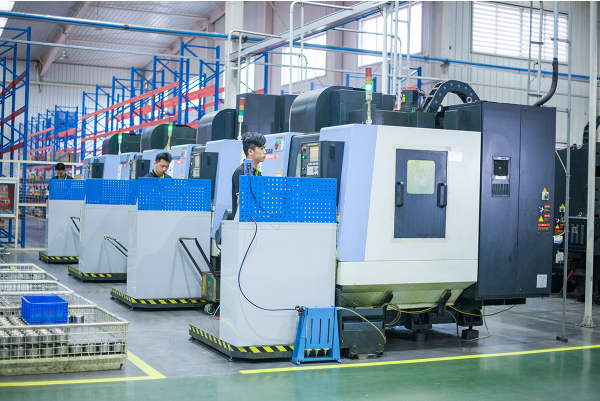(1) Product development, design and manufacturing barriers
The manufacturing process of hydraulic products mainly includes product research and development, design, production and processing, debugging and testing, etc., involving the research and development of new materials, new processes and new structures, with long research and development cycles and complex production processes.
Because different main engines and even different parts of the same main engine have different requirements for pressure, flow, and direction control, hydraulic component manufacturers often need to carry out high-matching personalized precision design and research and development according to specific customer needs, the scope of which covers materials. Research and development, integrated design, performance design, structural engineering design, appearance design and other parts are a multidisciplinary and complex technical operation that combines technical engineering and structural design. Enterprises entering the hydraulic components industry, especially the high-end hydraulic components industry, need to build a complete technology research and development platform and systematic and scientific product development process, and gradually accumulate and form relatively advanced hydraulic component product design, production and processing, debugging and testing and other research and development technical capabilities. To meet the increasingly personalized needs of customers in the constantly escalating and changing market environment. For new entrants, it is difficult to have the above-mentioned capabilities in a short period of time, so the level of research and development technology constitutes a barrier to the hydraulic components industry.
(2) Capital and scale barriers
The hydraulic components industry is a capital-intensive industry. The production of hydraulic components requires large-scale investment in fixed assets, and its equipment usually includes research and development equipment, design and development and production and processing equipment, testing equipment and instruments. The level of equipment configuration largely determines the quality and production efficiency of products, and also affects the profit level, profitability and market competitiveness of enterprises to a certain extent. In addition, the scale of production capacity and product types have an important impact on the operation of hydraulic components and parts companies. When customers purchase, it is often necessary to repeatedly test and try the corresponding products between different product series and different specifications and models. It is difficult for a single hydraulic component manufacturer to meet the needs of customers. Therefore, the hydraulic industry has high capital and scale barriers.
(3) Talent Barriers
Hydraulic components need the support of professional and technical talents and management talents in the process of R&D, production, sales and follow-up maintenance. It belongs to a technology-intensive industry. Enterprises must have high-level R&D teams and technical personnel with rich practical experience to ensure the continuity of R&D. and advanced manufacturing level. As customers have higher and higher requirements for the performance of hydraulic components, the industry's demand for talents is not limited to high-tech and experienced R&D personnel and process technicians, but also requires a large number of skilled workers with relevant operating skills. For new entrants in this industry, it is very difficult to gather and build a talent team with a reasonable professional structure in a short period of time and ensure the stable development of the talent team. Therefore, there are certain talent barriers in the hydraulic components industry.
(4) Market barriers
Hydraulic components are an important basic component to ensure the performance and quality of hydraulic mainframes. Downstream mainframe manufacturers have strict requirements on product performance, life, reliability, stability, and delivery deadlines. Therefore, customers are very careful when choosing suppliers. Companies with good reputations and brands in the industry are selected as their suppliers, with strict supplier certification procedures. Once an enterprise enters the supplier list of downstream host manufacturers, it will generally carry out long-term cooperation, and the two parties will maintain a certain stability in business cooperation. For new entrants, it is difficult to establish market reputation, develop new products, and build a strong sales force in a short period of time, so there are certain market barriers in this industry.
